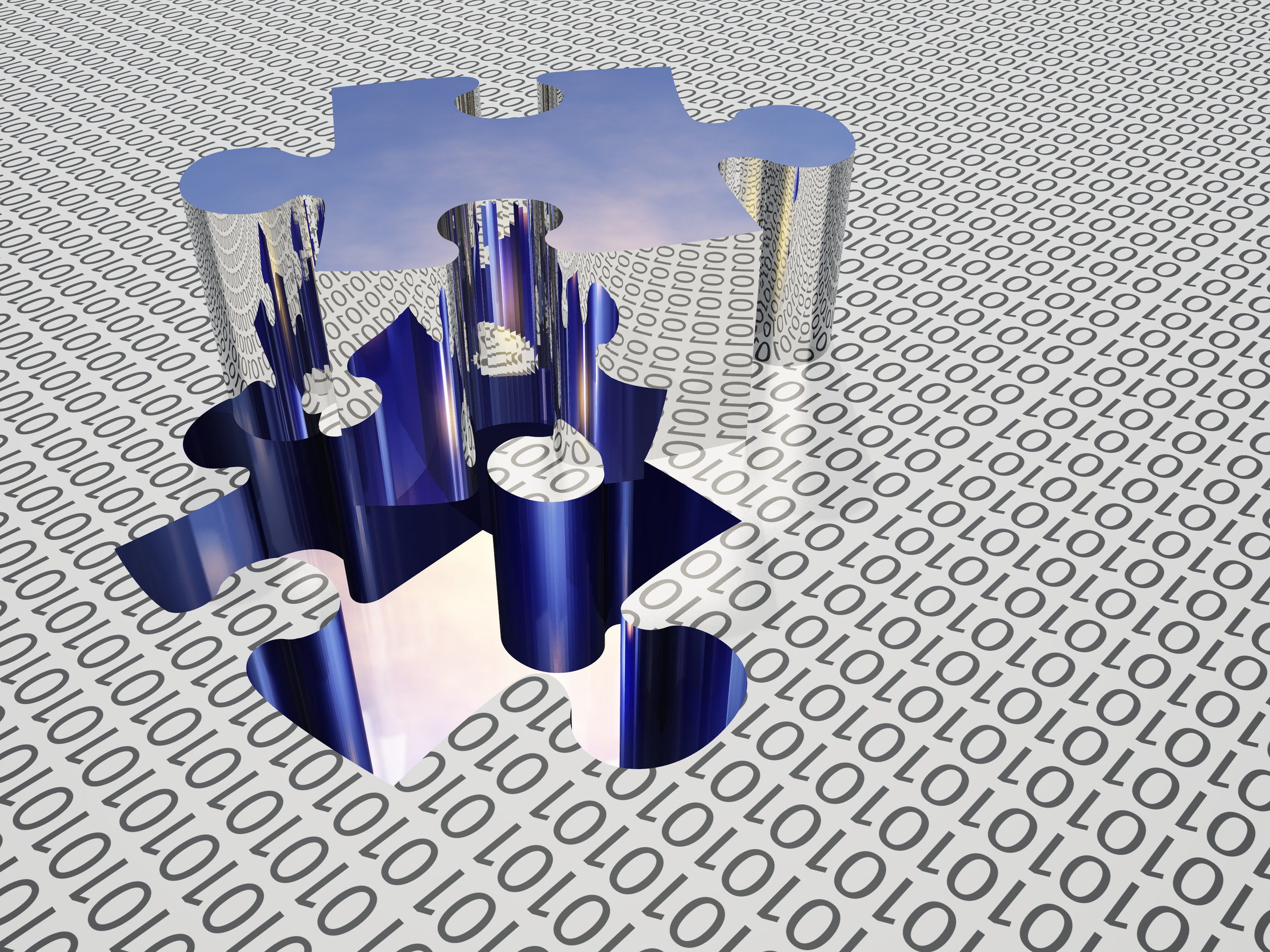Explore Data Trends
Dive into the latest insights and read our blog posts.
Cookie-free Personalization.
Frequently Asked Questions
Find answers to common questions about our services and products.
ODOSCOPE helps ecommerce retailers sell their goods in a targeted and profitable way through future-proof, scalable personalization and AI-powered merchandising. We provide a privacy-compliant customer engagement platform for managing all digital sales channels, enabling business users to analyze and profitably leverage user, customer and market data. Based on user-centric, automated, real-time decisions, we enable our clients to show the right content at the right time in the right way to each individual online user - whether known, anonymous or not yet recognized.
Yes, because we want to give you the best of both worlds.
Scalable personalization is entirely data-driven. It is highly accurate and lightning fast. It intelligently combines knowledge from multiple digital touchpoints and is fully automated. Scalable personalization easily enables any number of playout variants based on high-dimensional prescriptive analytics.
With Merchandising, you can actively contribute your knowledge and experience: you can control which products are promoted or penalized based on margins or out-of-stocks. All playout scenarios remain purely data-driven and user-specific. This allows you to make targeted sales while taking into account campaign goals or promotional surcharges. Often there are multiple factors at play.
We offer plugins for Shopware, Shopify and Salesforce for quick and easy integration into a shop system (as of Q1, 2024). Otherwise ODOSCOPE is integrated into the store system via REST API. The integration is thoroughly documented and closely monitored by our reliable Customer Success Team
Each of our customers is in close contact with a dedicated account manager and representative from our Customer Success team. Personal contacts are always available via email or a customer-specific Slack or Teams channel.
An ODOSCOPE license is essentially calculated based on the traffic volume of an online shop per year (sessions per year in 1 million steps). Another factor is the number of AI modules used for the various onsite personalization activities like product list sorting, search result sorting, recommendations, mailings, adaptive ads etc.
We want all customers to be happy and satisfied with our solution and services, of course. However, if a customer decides to end the contract, the contractually agreed notice period applies. In general, an annual license will be renewed for another year unless it is cancelled in writing with 3 months notice to the end of the contract.












